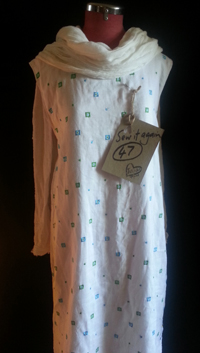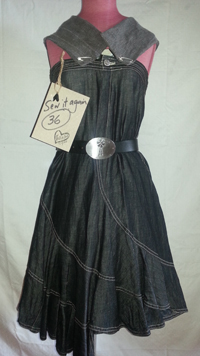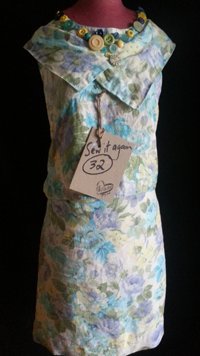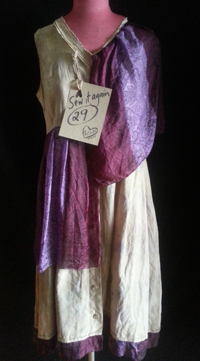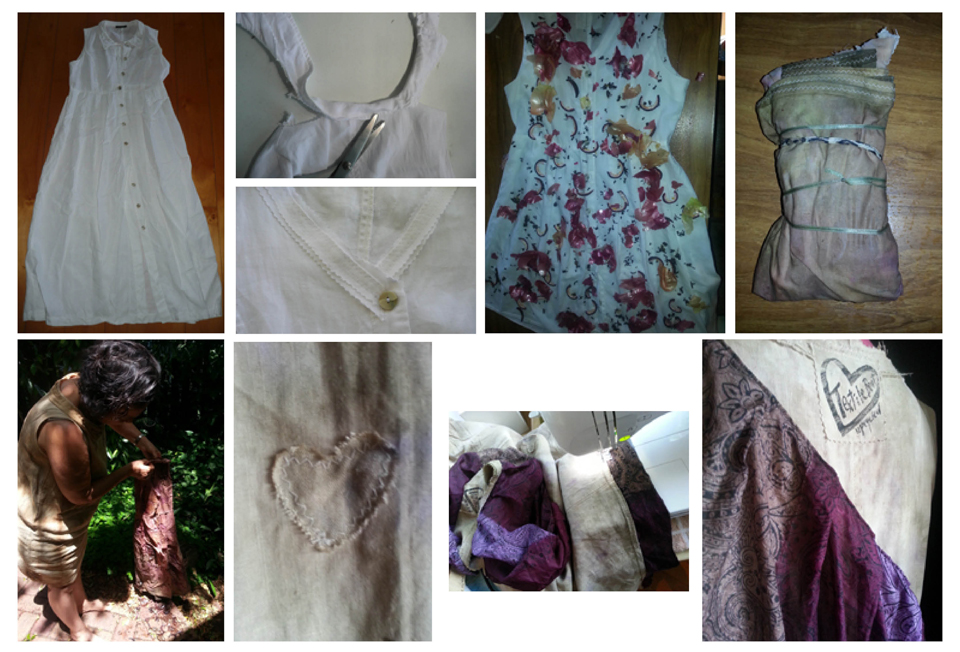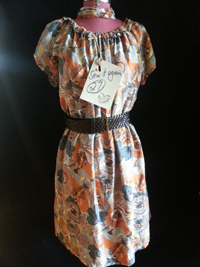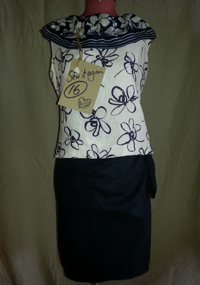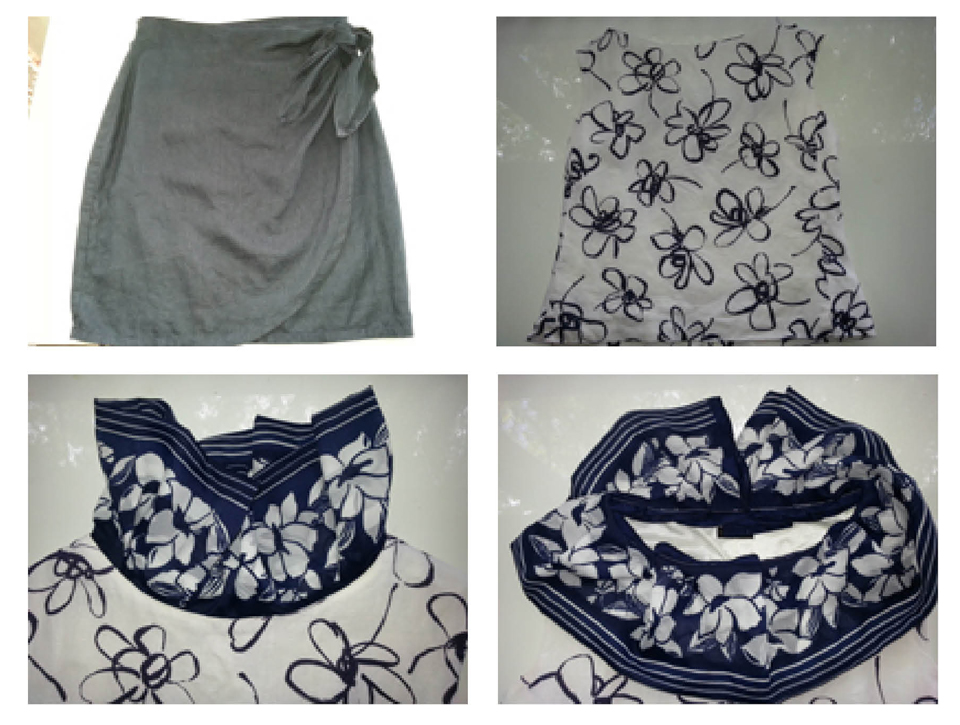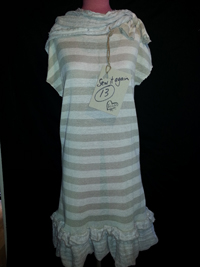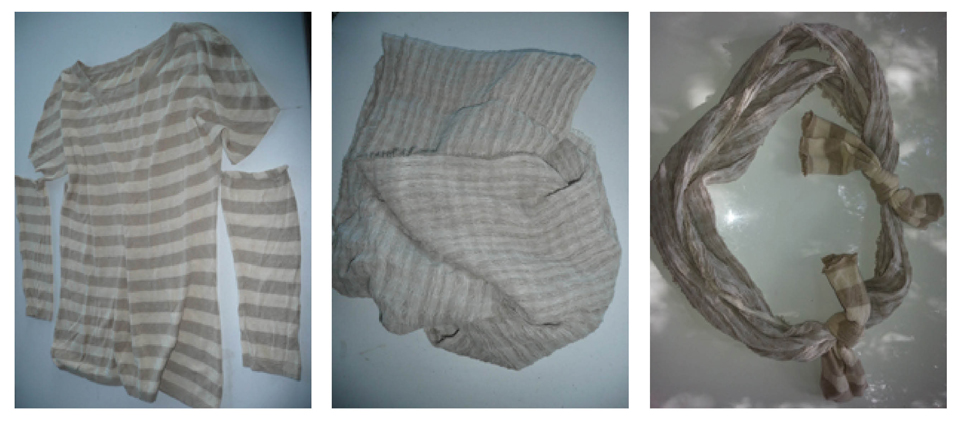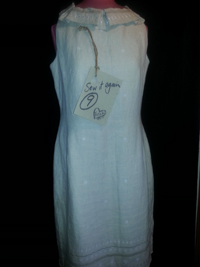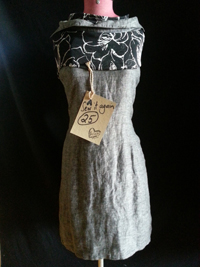 Jazz up a shirtmaker linen dress by turning it back to front, cutting off collar, adding scarf and resewing collar in reverse.
Jazz up a shirtmaker linen dress by turning it back to front, cutting off collar, adding scarf and resewing collar in reverse.
This upcycle marks day 25 of my Sew it Again campaign in which I am on a journey that aligns my values, personal and professional background, skills, instinctive creativity, love of nature and interest in pioneering new opportunities.
It springs from study last year with the Australian Rural Leadership Program in which I identified as a post-conventional leader working at individualist and strategist levels.
According to Rooke and Torbert in Harvard Business Review April 2005, strategists typically have socially conscious business ideas that are carried out in a highly collaborative manner. They seek to weave together idealist visions with pragmatic, timely initiatives and principled actions. Rooke and Torbert’s leadership model outlines a step-wise, logical evolution in leadership capacity built through experience and self-awareness.
Another insight I gained from study was I am an INFP. And thanks to my Twitter friend Lisa Claessen, I was inspired to read via this website that INFP-character traits defined as:
- Introverted: composed, self-reliant, reserved and thoughtful
- Intuitive: creative, imaginative, idealistic and innovative
- Feeling: empathetic, sensitive, ethical and authentic
- Perceiving: flexible, accepting, tolerant and open-minded
Truity says INFPs are imaginative idealists, guided by their own core values and beliefs. They see potential for a better future, and pursue truth and meaning with their own individual flair.
Individualistic and non-judgmental, INFPs enjoy spending time exploring their own ideas and values are creative and often artistic; they enjoy finding new outlets for self-expression.
INFPs value authenticity and want to be original and individual in what they do. They are often concerned with a search for meaning and truth within themselves. Following tradition holds little appeal for the INFP; they prefer to do their own exploration of values and ideas, and decide for themselves what seems right. INFPs are often offbeat and unconventional, but they feel no desire to conform. The INFP would rather be true to themselves than try to fit in with the crowd.
The INFP may react strongly if they feel their own values are being violated, and they want an open, supportive exchange of ideas.
INFPs engage themselves in a lifelong quest for meaning and authenticity. They often have a special affection for the arts, especially the avant garde, as they love experiencing new concepts in self-expression. (Find your type here.)
Well that explains it! For all of the above reasons, I’m spending 2014 on a values-based creative quest to demonstrate a different way of dressing that is sustainable, unique and rewarding.
This shirtmaker dress has intrinsic value for its lovely linen and shell buttons, but the style was dated. I cut off the collar, added a scarf to the neckline leaving the loose ends to tie in a knot at the buttoned back of the dress (which had been the front). I then sewed the collar on the front of the dress (which had been the back). In reality, the dress can be worn either way around – so it now has a second and third life!
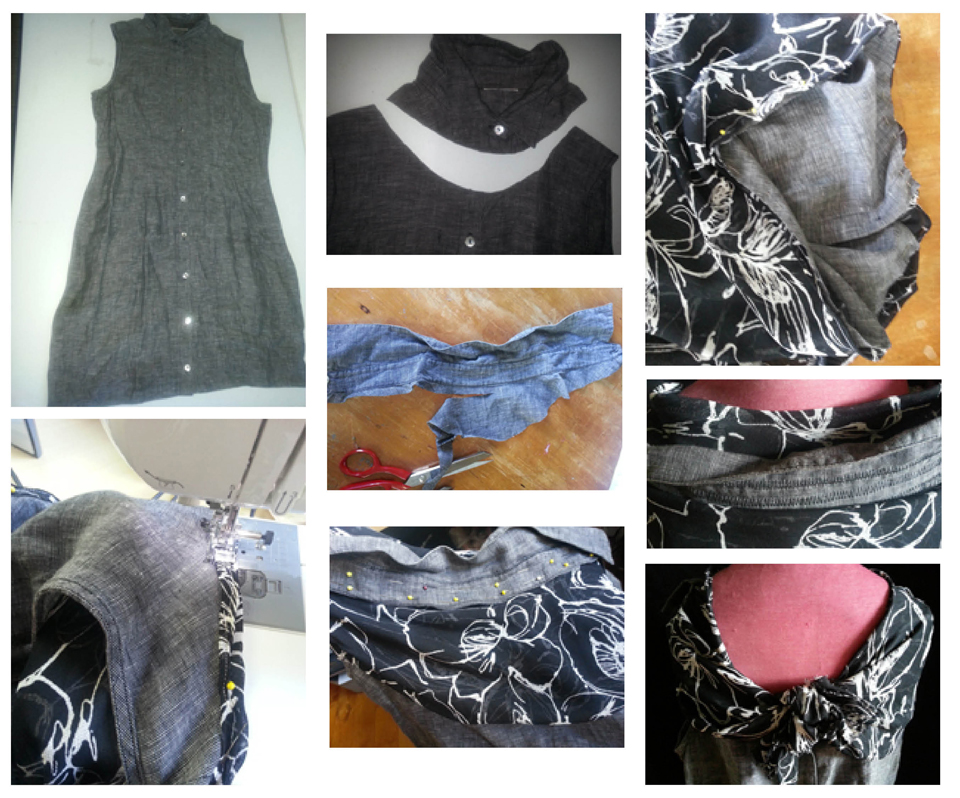
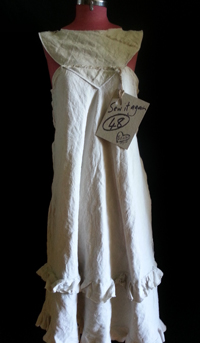 This linen bias-cut skirt turned dress with addition of a bodice made from scraps sewn to an old piece of sheeting.
This linen bias-cut skirt turned dress with addition of a bodice made from scraps sewn to an old piece of sheeting.